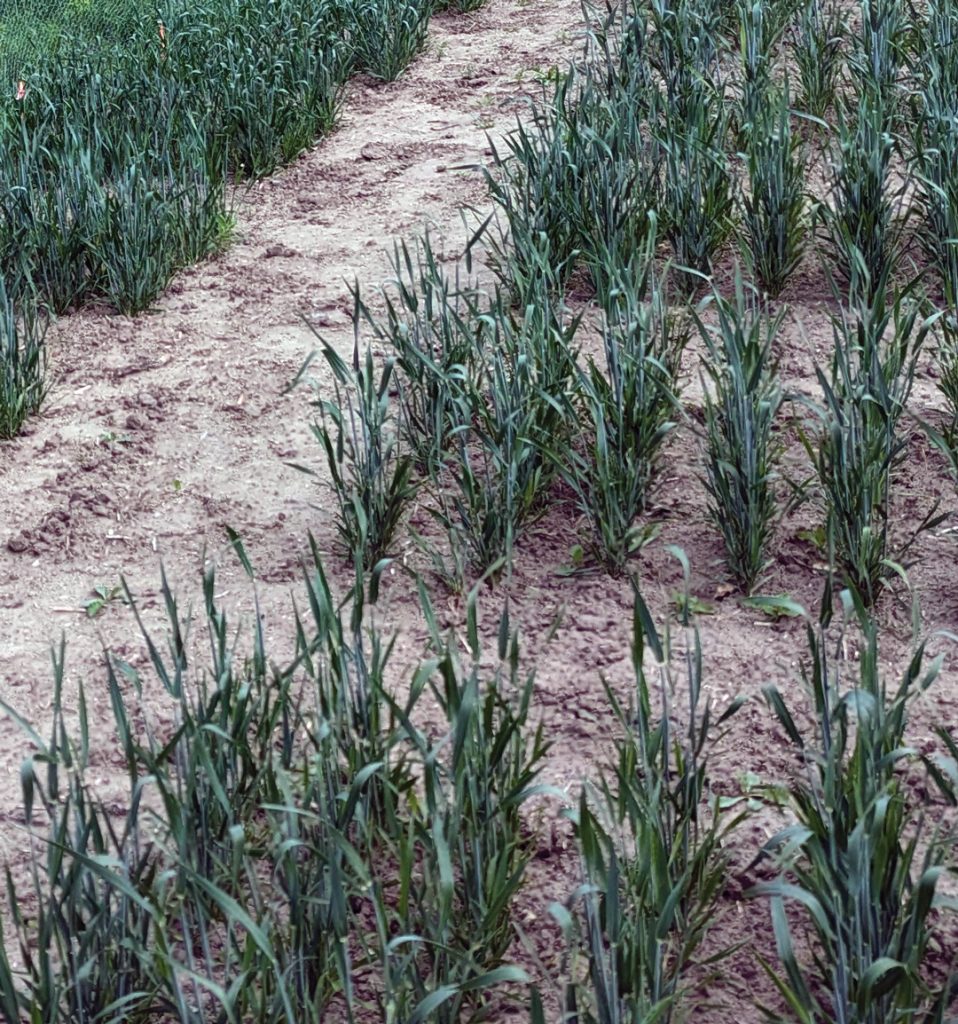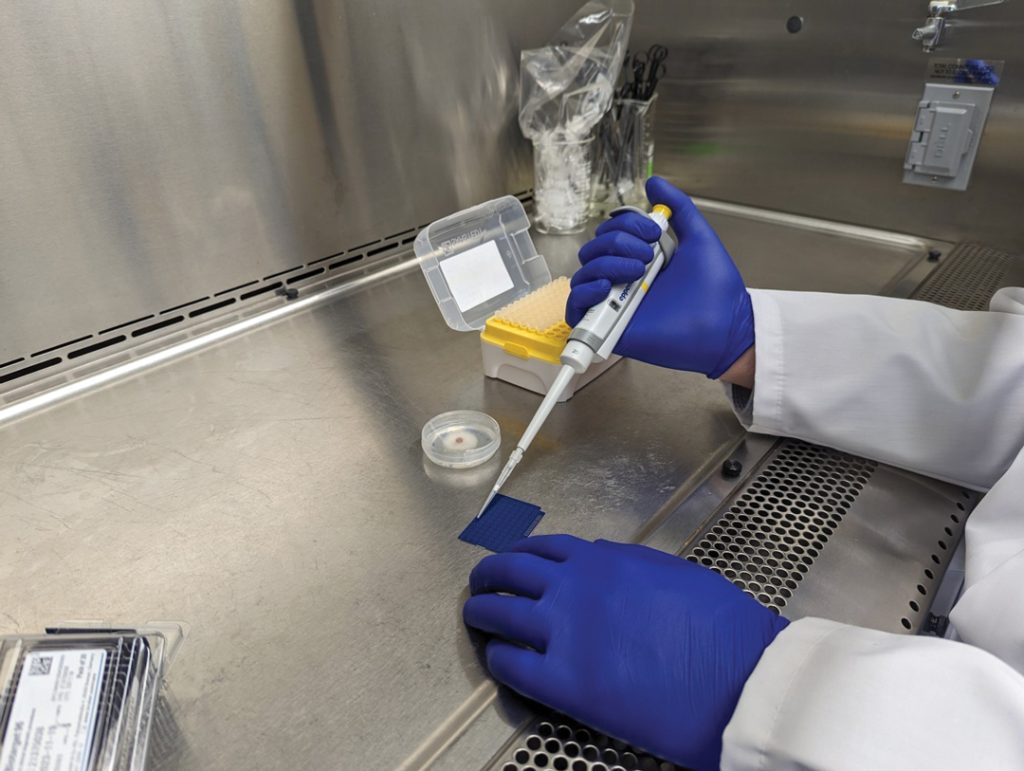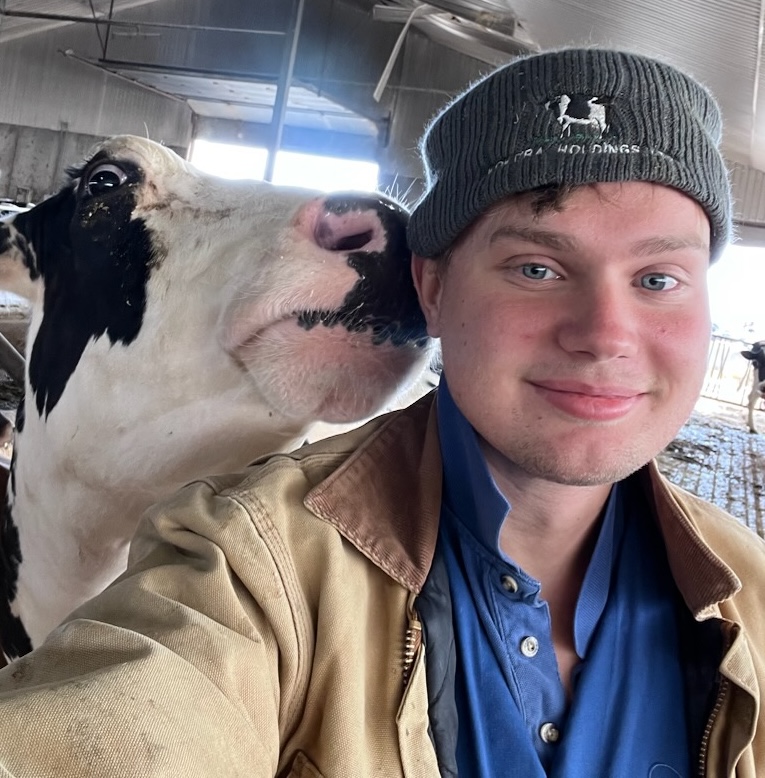RESEARCH, REPORT, REPEAT
Science has enriched the world in countless ways: the light bulb, penicillin, crazy glue. Speaking on the latter, research is the glue that holds the grain sector together. Alberta Grains annually approves funding for multiple studies that may benefit farmers.













